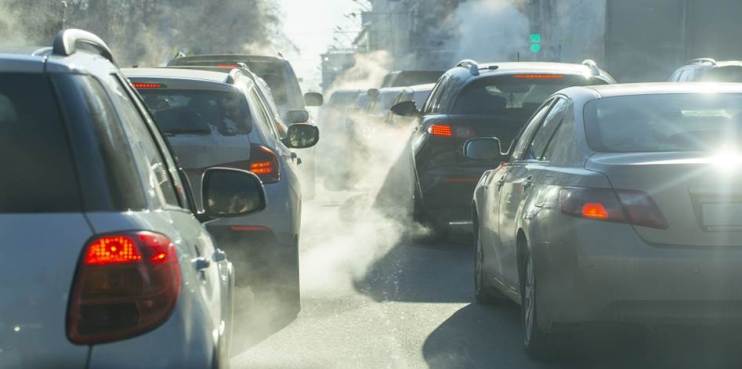Low-traffic zones reduced as Ealing follows other London borough councils in scrapping car bans

Low-traffic zones, a scheme to reduce traffic in residential areas have been a subject of controversy since they were first implemented in 2020. Harrow has already scrapped the majority of theirs, and now Ealing looks set to follow.
The step in Ealing to challenge them follows major backlash against the zones and two local protests.
A council-led discussion found the majority of residents opposed the scheme.
Families in and around seven of the nine schemes were betrween 58 to 82 per cent opposed, with 16 to 34 per cent in support.
Whilst government guidance now prevents the immediate lifting of restrictions, Ealing council leader Peter Mason hopes to make a final decision in September.
The trial zones set to be removed include Acton Central, Junction Road, Loveday Road, Mattock Lane, Olive Road, West Ealing North and Bowes Road.
Whilst in Harrow, the council’s Cabinet has already scrapped the borough’s low-traffic zones in Greenhill, North Harrow, West Harrow and Southfield Park, plus three experimental cycle lanes.
A review had found opposition to the schemes ranging from 65-80 per cent.
In doing so, Harrow has been penalised and will now not benefit from government funding to improve cycling and walking in the borough.
The zones include large planters and Automatic Number Plate Recognition (ANPR) cameras, aimed at preventing increased car users and promoting cycling or walking as the city re-opens post-pandemic.
In Ealing, the council has already collected more than £2.8million in fines from drivers using its nine new low-traffic zones as cut-throughs.
Though many have criticised limited consultations on the proposals and argued the zones are causing more problems by shunting traffic to other roads.
Other residents have accused councillors of creating chaos on roads and have sparked concerns over emergency services access.